1 - NextGenHealth: From 11 Years in Healthcare to Building the Future
How 11 years of enterprise healthcare experience led to NextGenHealth: A systematic approach using 9 technical documents and Clean Architecture.
Fernando Antunes de Magalhaes
8/16/20255 min read
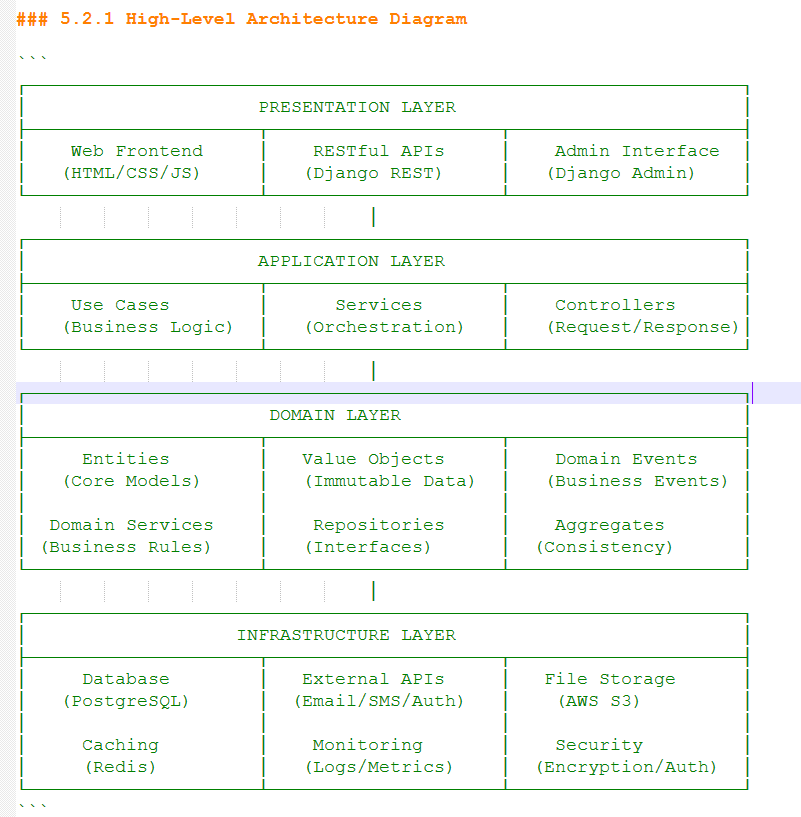

The Journey That Led Me Here
After 11 years as a Software Engineer at a company specialized in Healthcare technology, developing mission-critical healthcare management systems for enterprise clients like IBM, Kyndryl, AON, Nestlé, Wellhub(Gympass), Pro-TCU and Boticário, I made a decision that many would call risky: I left my stable position to start FM ByteShift Software.
But this wasn’t just a career change — it was the culmination of over a decade of experience in healthcare technology, combined with a vision to build something better.
Why Healthcare Technology Matters
I witnessed firsthand the challenges that healthcare providers face daily. Systems that should streamline patient care often become bottlenecks. Data that should be accessible becomes trapped in silos. Processes that should be intuitive become sources of frustration.
I’ve built systems that handle thousands of beneficiaries, implemented TISS XML compliance for regulatory requirements, and modernized legacy Active Server Pages (ASP) applications. I’ve seen what works, what fails, and most importantly — what’s missing.
The NextGenHealth Vision
NextGenHealth isn’t just another healthcare management system. It’s my answer to the problems I’ve encountered throughout my career — a system designed with real-world healthcare workflows in mind, built using modern architecture principles that I’ve learned through years of maintaining enterprise applications.
Engineering Excellence: The 9-Document Approach
Before writing a single line of code, I developed 9 comprehensive technical documents. This isn’t academic exercise — it’s battle-tested methodology learned from managing complex healthcare integrations and compliance requirements.
Importantly, these are living documents that evolve throughout the development process. As I implement features and gather insights, the documentation is refined and updated — true iterative development that combines thorough planning with agile flexibility.
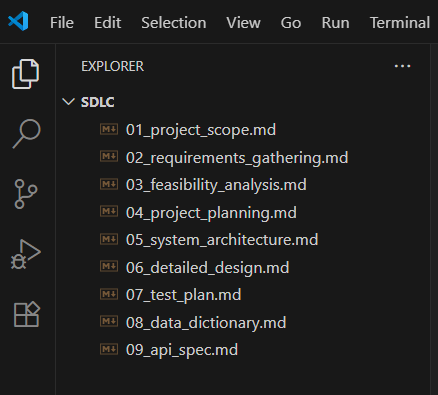

SDLC Documentation
The Documentation Foundation
📋 01_project_scope — Clear project boundaries and objectives
📊 02_requirements_gathering — Detailed functional and non-functional requirements
🔍 03_feasibility_analysis — Technical and business viability assessment
📅 04_project_planning — Timeline, resources, and risk management
🏗️ 05_system_architecture — High-level system design and technology choices
⚙️ 06_detailed_design — Component-level specifications
🧪 07_test_plan — Comprehensive testing strategy
📚 08_data_dictionary — Complete data model documentation
🔌 09_api_spec — RESTful API specifications
This systematic approach stems from my experience with healthcare compliance requirements like ANS and LGPD, where documentation isn’t optional — it’s critical for audit trails and regulatory approval.
From Documentation to Visual Design
Following the documentation phase, I created detailed UML Use Case diagrams for the core system functionality:
Patient Management
The foundation of any healthcare system. Based on my experience handling beneficiary data for major corporate clients, I designed workflows that balance accessibility with security. The diagram maps everything from initial registration to ongoing profile updates, ensuring LGPD compliance at every step.
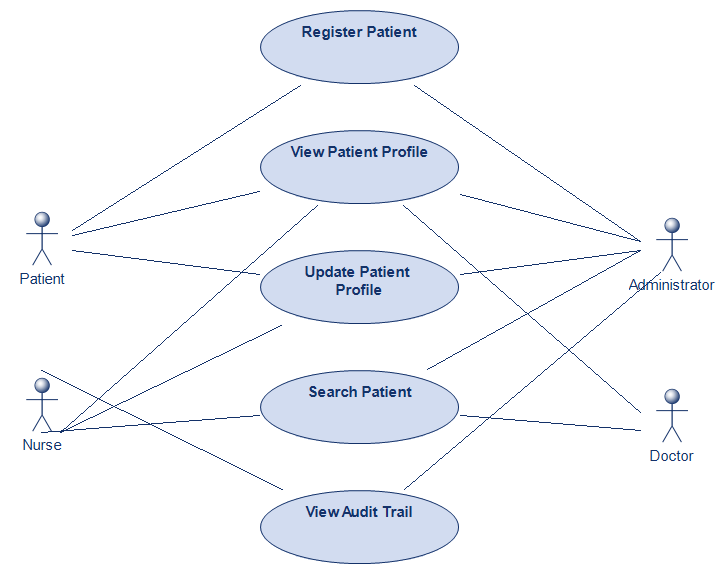

Patient Management Use Case Diagram
Appointment Scheduling
Drawing from years of building calendar integrations and handling complex business rules, this module addresses real-world scheduling challenges: provider availability, resource conflicts, automated notifications, and the inevitable cancellations and rescheduling requests..
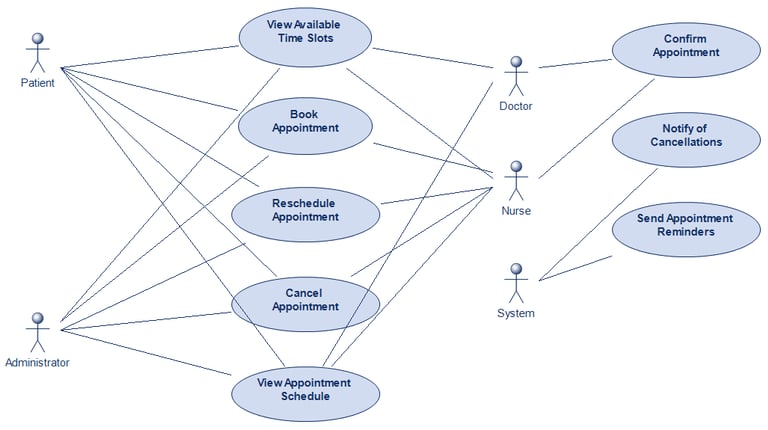

Appointment Scheduling Use Case Diagram
Electronic Medical Records
Perhaps the most critical component. My experience with TISS XML implementations and secure data handling informed every aspect of this design. The system ensures clinical documentation standards while maintaining the audit trails that healthcare organizations require.
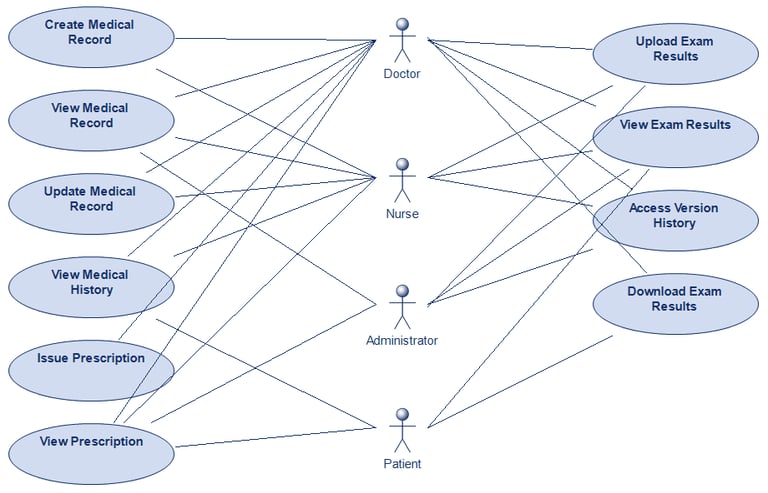

Electronic Medical Records Use Case Diagram
Authentication and Access Control
A foundational security layer that governs system access across all user roles. My experience with healthcare compliance requirements and multi-tenant architectures shaped this implementation. The system enforces role-based permissions, session management, and audit logging while maintaining seamless user experience for clinical workflows and administrative tasks.
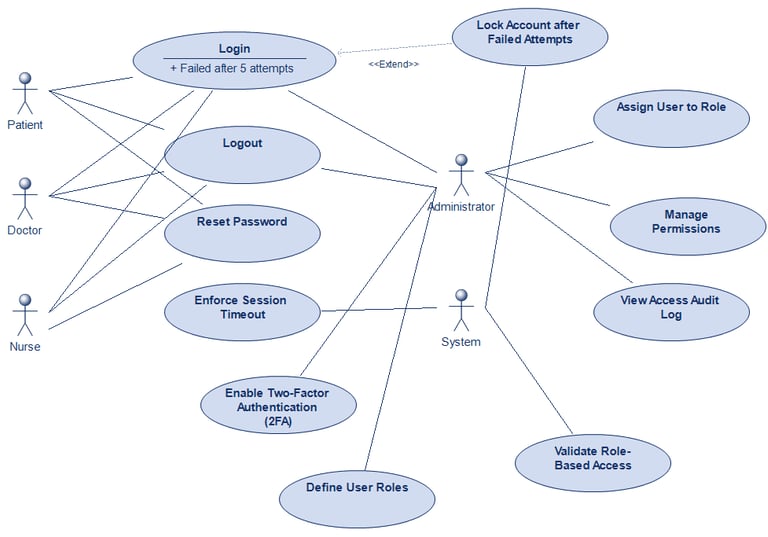

Authentication and Access Control Use Case Diagram
Reporting and Statistics
A comprehensive analytics engine that transforms raw healthcare data into actionable insights. My background in healthcare data analysis and regulatory reporting requirements guided this design. The system generates compliance reports, operational metrics, and clinical indicators while ensuring data privacy and providing real-time dashboards for decision-makers at all organizational levels..
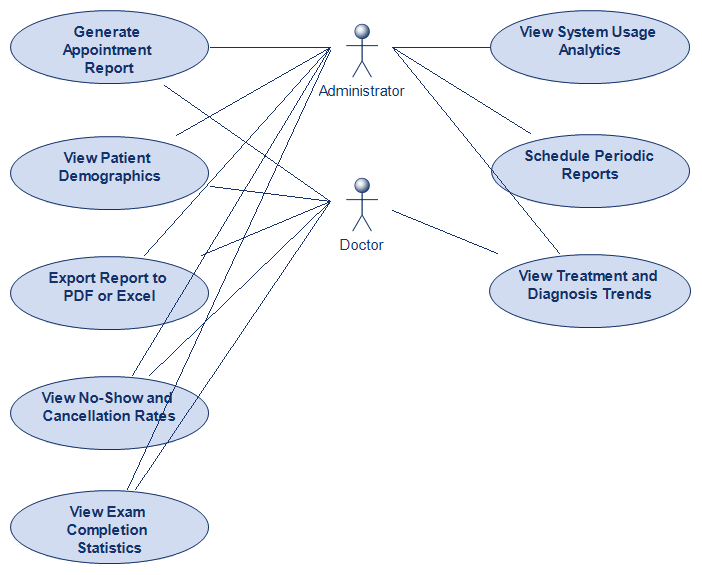

Reporting and Statistics Use Case Diagram
Modern Architecture for Real-World Problems
NextGenHealth is built on Clean Architecture principles with elements of Domain-Driven Design (DDD) — architectural patterns I’ve learned to appreciate through years of maintaining and extending complex systems.
Why Clean Architecture?
After maintaining legacy systems and implementing gradual modernizations, I’ve seen how architectural decisions made early in a project’s lifecycle impact its long-term maintainability. Clean Architecture provides:
Separation of Concerns: Business logic remains independent of frameworks and databases
Testability: Each layer can be tested in isolation
Flexibility: Technology choices can evolve without rewriting core business logic
Maintainability: Clear boundaries make the codebase easier to understand and modify


High-Level Architecture Diagram
The Technical Stack
Backend: Python with Django/Flask
Database: PostgreSQL for production, with SQLite for development
API Design: RESTful services following OpenAPI specifications
Testing: PyTest for unit tests, Selenium for integration testing
Version Control: Git with comprehensive branching strategy
This stack balances modern development practices with proven technologies — lessons learned from working with systems that need to be reliable, scalable, and maintainable over years of operation.
From Experience to Innovation
My background includes:
Post-Graduate degree in Software Engineering from Instituto Infnet
Bachelor’s in Systems Analysis with focus on business process integration
Author of “Software Engineering — Essential Principles for Beginners and Professionals” available on Amazon (link)
11+ years developing healthcare systems for enterprise clients
Experience across insurance, telecommunications, and healthcare industries
But more than credentials, I bring battle-tested knowledge of what healthcare technology needs to succeed in real-world environments.
The Development Philosophy
Every technical decision in NextGenHealth reflects lessons learned from production healthcare systems:
Security First: Experience with GDPR/LGPD compliance and healthcare data protection
Scalability by Design: Lessons from systems handling thousands of concurrent users
Integration Ready: Knowledge of healthcare standards like TISS XML and HL7
Maintainable Code: Clean code principles learned from maintaining systems over decades
What’s Next
The technical foundation is solid, but NextGenHealth is just the beginning. My plan through December:
Complete NextGenHealth development with full feature implementation
Launch a second major project expanding into another domain
Document the entire process through consistent content creation
Share knowledge through technical blog posts and educational content
The Bigger Picture
NextGenHealth represents more than a software project — it’s proof that healthcare technology can be built better. It’s demonstration that proper methodology, modern architecture, and real-world experience can create solutions that truly serve healthcare providers and their patients.
After 11 years of building systems for others, I’m now building the future I want to see in healthcare technology.
Want to follow the NextGenHealth journey? Connect with me on LinkedIn where I share regular updates on the development process, technical insights, and lessons learned from building modern healthcare systems.
Need similar expertise for your healthcare technology project? Let’s connect (contact@fmbyteshiftsoftware.com) and discuss how proven methodology and real-world experience can help your organization build better systems.
Next article: From Use Cases to Domain Model – Building the Foundation with Precision
About the Author: Fernando Antunes de Magalhães is a Software Architect with over 15 years of professional experience in the technology industry, including more than 11 years focused on healthcare innovation. He holds a Post-Graduate degree in Software Engineering and is the author of “Software Engineering — Essential Principles for Beginners and Professionals” available on Amazon (link). Currently, he leads the development of next-generation healthcare systems through his company, FM ByteShift Software.